Mexican Revolution
Report this entry
More from the same community-collection
Cathedral High School Faculty - 2011 - El Paso, Texas
Cathedral High School El Paso, Texas - faculty,1993, Raul ...
Patricia Vega - Faculty Cathedral High School - 2011
Patricia Vega - Faculty Cathedral High School Ell Paso, Texas ...
Cathedral High School - First Graduation Class - 1927
Standing left to right: E. Sullivan, L.F. Lubbe, J. Dunne, L. ...
Cathedral High School - 1937 - El Paso, Texas
William H. Fryer Jr. graduate of Cathedral High School 1937 El ...
Rene Valenzuela and Alumni members of the CHS Choir
Rene Valenzuela and Alumni members of the CHS Choir. Seated, ...
Jose Antonio Burciaga - 1954 - 1955
Jose Antonio Burciaga was a student at Saint Patrick's in El ...
Cathedral High School Basketball - 1927
Cathedral High School Basketball Coach Carson and team - 1927
Cathedral High School, 1928 - El Paso, Texas
Cathedral High School Basketball team with Coach Carson and ...
Cathedral High School - 1932 - El Paso, Texas
Alfonso Madrid '32 , Fernando E. Martinez '32, Gustavo G. ...
Cathedral High School - 1934 - El Paso, Texas
James F. Conlogue '34, Thomas A. Daeuble '34, John E. Floyd, ...
Cathedral High, graduates 1934 Michel-Neugebauer .
Cathedral High, grads Joseph M. Michel '34, William E. Mueller ...
Cathedral High School, Mr. Guereca's Memorial Ceremony.
Cathedral High School Alumni Coir preps for Mr. G's memorial ...





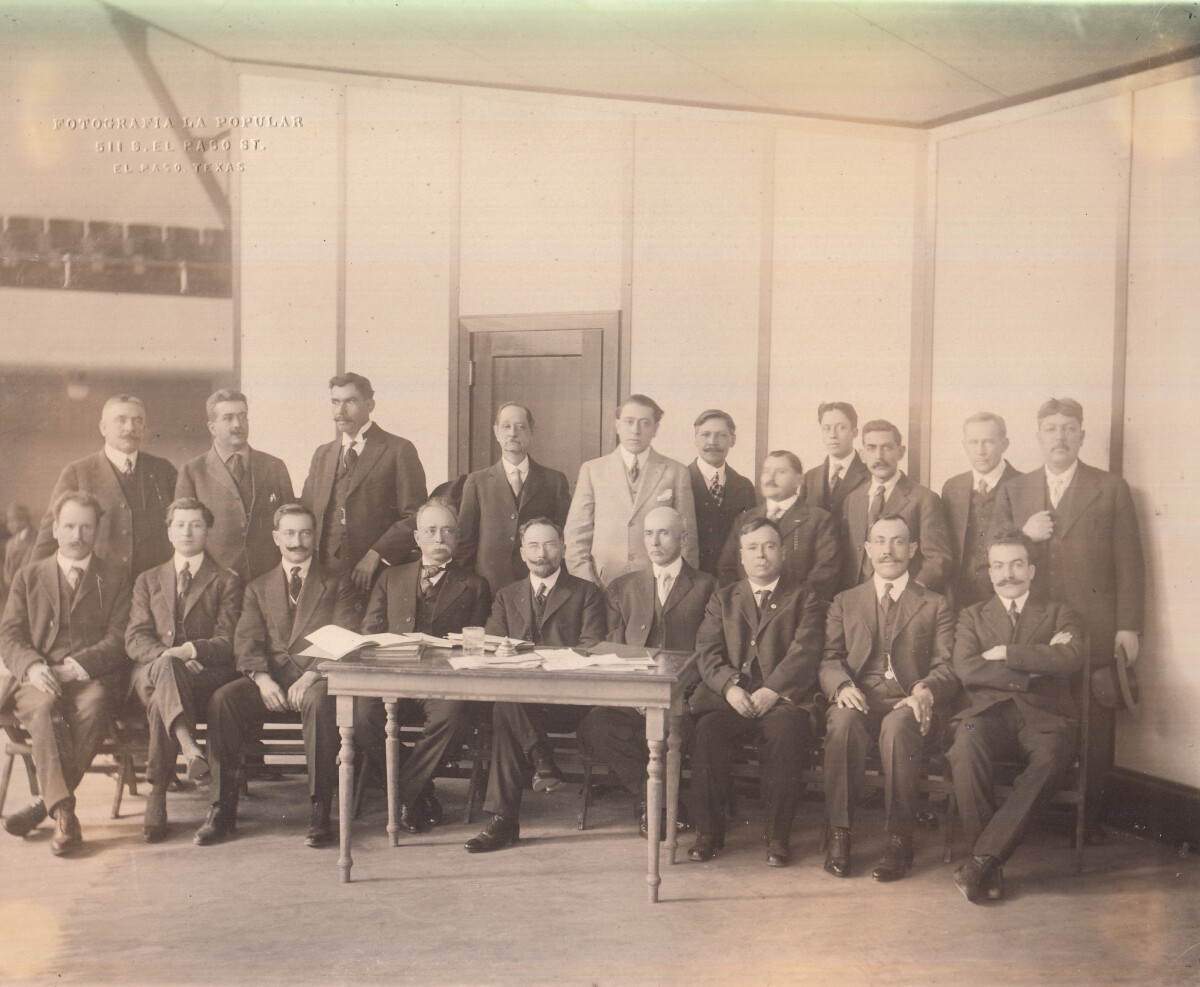



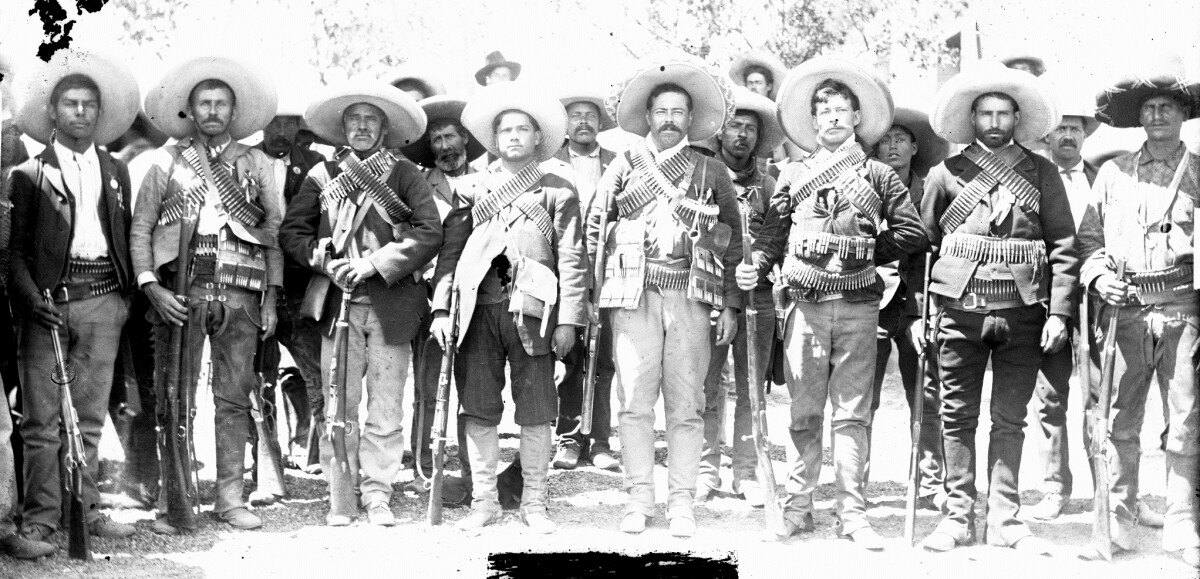






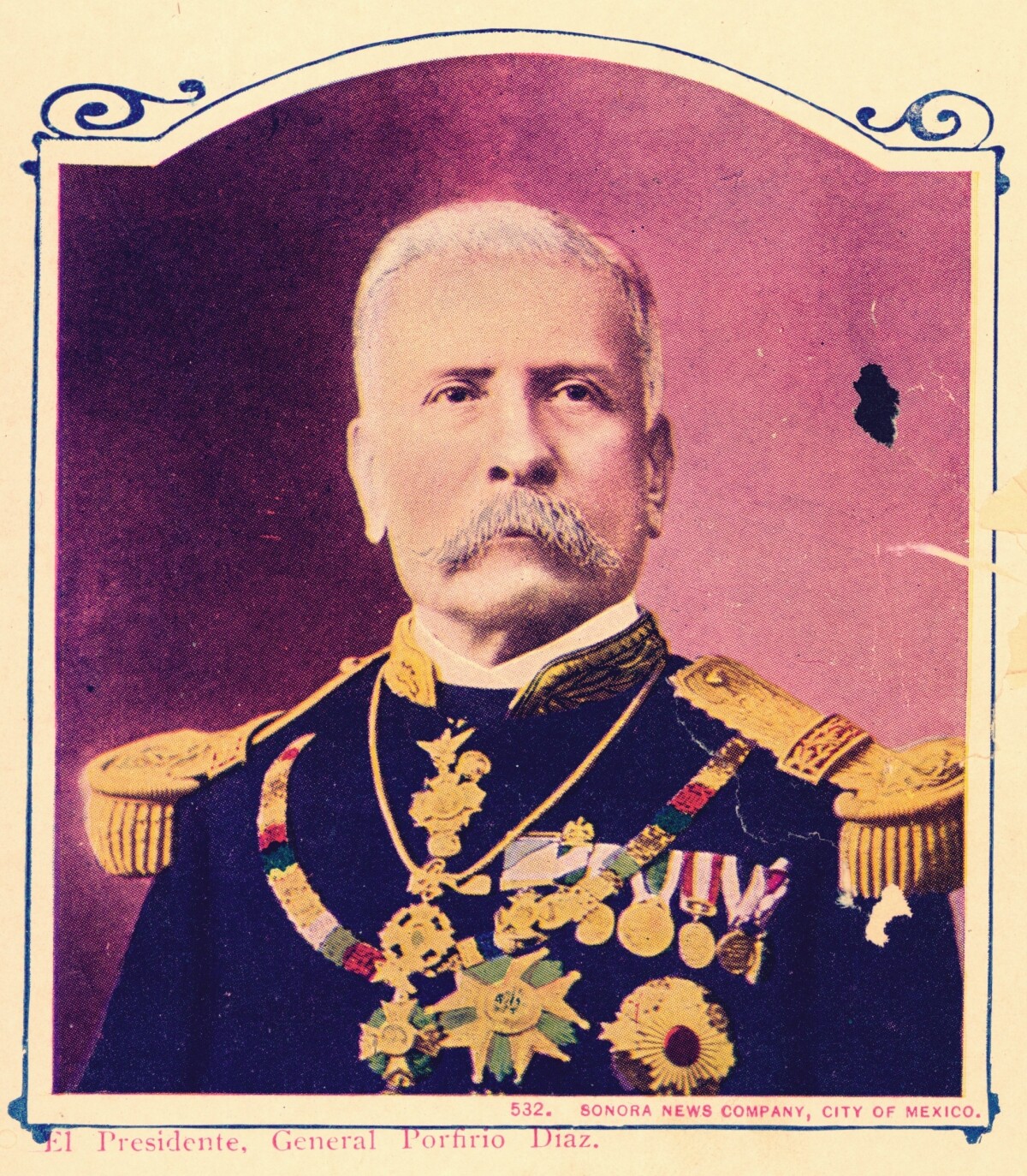








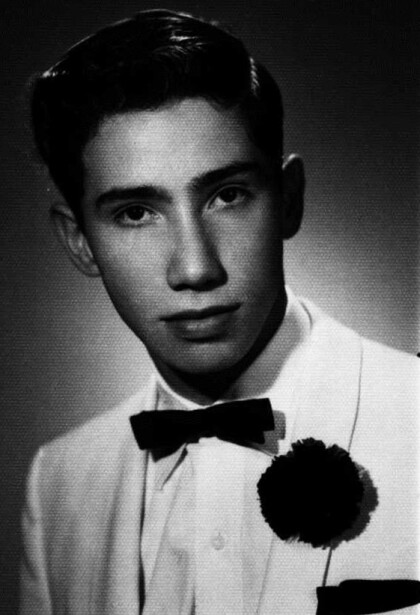





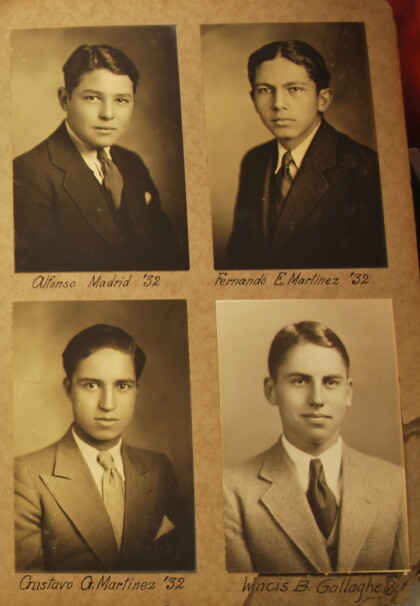









Comments
Add a comment